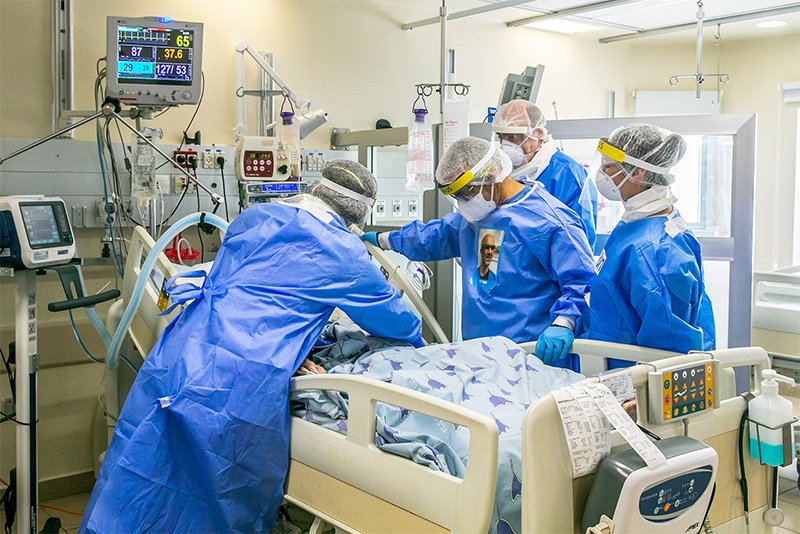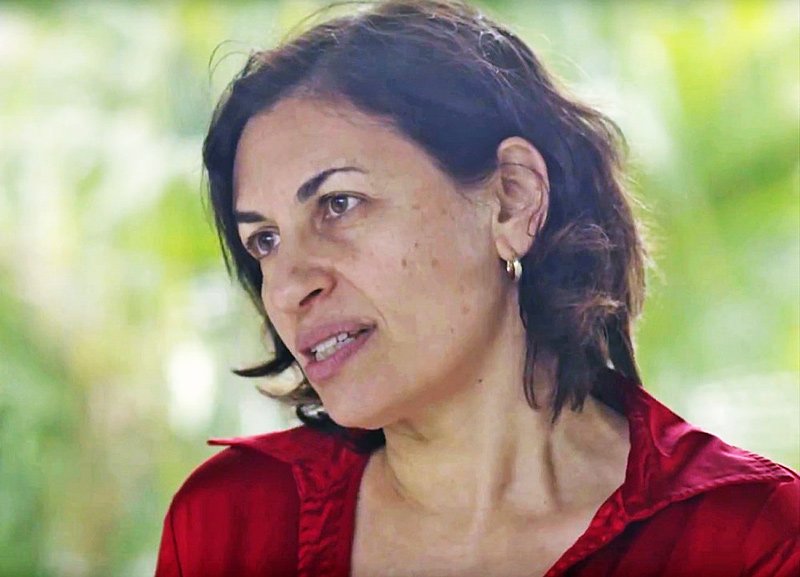

A crowdsourced-survey of COVID-19 patients from around the world has shown the greatest evidence to date of a link between the illness caused by the coronavirus and a loss of smell, taste and the ability to perceive cooling, tingling and burning sensations in the mouth.
The findings will eventually help distinguish COVID-19 patients from those with common viral infections, such as the cold or flu, and help prioritize the limited supply of COVID-19 tests, researchers at the Hebrew University of Jerusalem, who were part of the survey team, said.
The survey was launched by The Global Consortium for Chemosensory Research (GCCR) on April 7 and initial findings have been posted on medRxiv.
Prof. Masha Niv, vice dean at the Hebrew University of Jerusalem’s Faculty of Agriculture, Food and Environment, is a member of The Global Consortium for Chemosensory Research (GCCR), which studies the phenomenon of sensations, like irritation, tingling and burning, in reaction to compounds like chili peppers, menthol and carbonated beverages.

The decision to set up the survey was made after one of the members of the consortium suggesting a group of researchers get together to investigate the complaint that COVID-19 patients were also suffering from a loss of smell and taste, Niv said.
“We wanted to understand the details of this phenomenon,” said Niv in a phone interview. The hope was that researchers could learn something about the virus, see if the phenomenon could help distinguish COVID-19 patients from others, and help them to better guide patients about what to expect.
Based on an analysis of responses from 4,039 COVID-19-positive participants from around the world, the GCCR found that smell, taste and chemesthesis were “significantly reduced” during the illness, the statement said.
The reduction in sensation was not connected to nasal blockage, or a stuffed nose, the researchers said.
“Our findings show that COVID-19 broadly impacts chemosensory function and is not limited to smell loss, and that disruption in these functions should be considered a possible indicator of COVID-19,” said Niv.
Patients also said they lost a whole range of tastes, including both sweet and sour, which indicates that the illness affects the whole sensory-neural mechanism, perhaps by penetrating neurological systems and blood vessels or other signals to the brain, she said.
It is not yet clear when the phenomenon first appears in patients, she said. Anecdotal, not research-based, evidence — gleaned from Facebook groups and other social media — shows that the symptoms can disappear after as few as four days or linger for 45 or more, she said.
The survey aims to continue by comparing COVID-19 patients with people who are sick with other viruses, and by checking how smell, taste and chemesthesis change with time and when patients regain the sensations.
The project differs from previous studies on chemosensory perception and COVID-19 in that it uses a multinational, “open-science” approach. Open science is transparent and accessible knowledge that is shared and developed through collaborative networks.
The survey is available in 27 languages, including English, French, Spanish, German, Italian, Japanese, Arabic, Norwegian, Spanish, Swedish and Turkish. To date, over 30,000 responses have been received, the researchers said.
“What’s needed to fight a global pandemic is a global approach. That’s what GCCR does best. We’ve harnessed scientists, clinicians and patients from around the world to give us a better understanding of the disease’s impact on various populations and to provide us with significant clues towards better diagnosis and treatment of the COVID-19 disease,” said Niv.
Additional paper authors include Valentina Parma, Kathrin Ohla, Maria, Veldhuizen, Christine Kelly, Danielle Reed, Thomas Hummel, Steven Munger, John Hayes and 90 co-authors from the Global Consortium for Chemosensory Research.